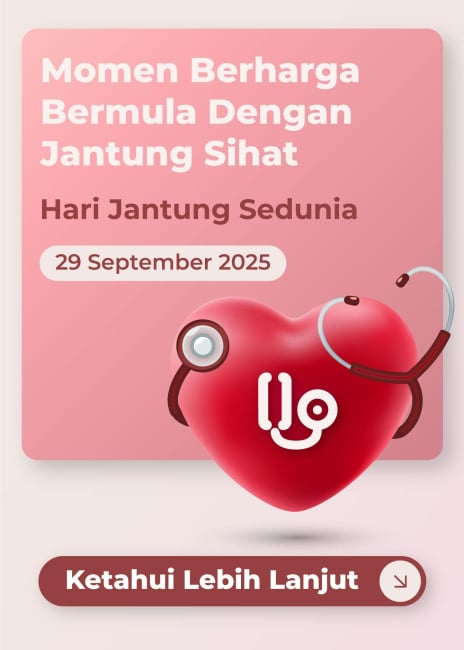What is birth asphyxia?
Asphyxia refers to an insufficient oxygen supply. If a baby does not receive enough oxygen before, during or after birth, they are said to suffer birth asphyxia.

What causes birth asphyxia?
Common causes of birth asphyxia include:
−Low oxygen levels in maternal blood
−Placental abruption
−Difficult labor
−Umbilical cord problems
−Maternal or neonatal infections
−Maternal high or low birth pressure
−Breathing disorders in the baby
−Neonatal anemia
How birth asphyxia affects the baby
4 out of 1000 full-term babies suffer birth asphyxia. Babies who are born prematurely are more likely to get the condition. The extent of damage caused by birth asphyxia depends on how long and how severe the lack of oxygen are, and how soon the baby receives proper treatment.
Within minutes of asphyxia, the lack of blood and oxygen supply result in cell damage. After the restoration of the blood and oxygen supply to the brain, reperfusion injury occurs due to the release of toxins from the damaged cells. While mild and moderate asphyxia does not leave permanent damage, prolonged asphyxia may cause long-lasting injury to the baby’s brain, heart, and other vital organs. Asphyxia in premature babies is likely to result in cerebral palsy, developmental problems, attention deficit hyperactivity disorder or impaired vision. Severe asphyxia may lead to organ failure and death.
What are the symptoms of birth asphyxia?
A baby may be suffering birth asphyxia if they:
−Are not breathing or are breathing too weakly
−Have bluish or pale skin
−Have low heart rate
−Have poor muscle tone or weak reflexes
−Have high blood acidity
−Expel meconium in the amniotic fluid
−Experience seizures
How to treat birth asphyxia?
Babies with mild asphyxia only need breathing support and close supervision. More serious asphyxia may require a breathing machine, respiratory therapy, and medication. A delay in feeding is also necessary for the bowel to recover.
Advanced treatment options include:
−High-frequency breathing assistance with gentle puffs of air sent to the baby’s lungs to avoid possible damage caused by conventional breathing machines.
−Nitric oxide inhalation to treat respiratory failure and pulmonary hypertension. Nitric oxide is administered directly into the windpipe to help with the dilation of blood vessels in the lungs, allowing the oxygenated blood to circulate in the body.
−Hypothermia started within 6 hours after birth to reduce brain damage.
−Extracorporeal membrane oxygenation (ECMO) to support the baby’s heart and lungs if they are not functioning properly.
You might also want to read:
- Umbilical Cord 101
- Preventing suffocation in children
- Low Birth Weight in Babies
Hello Health Group does not provide medical advice, diagnosis or treatment.
[embed-health-tool-bmi]



















